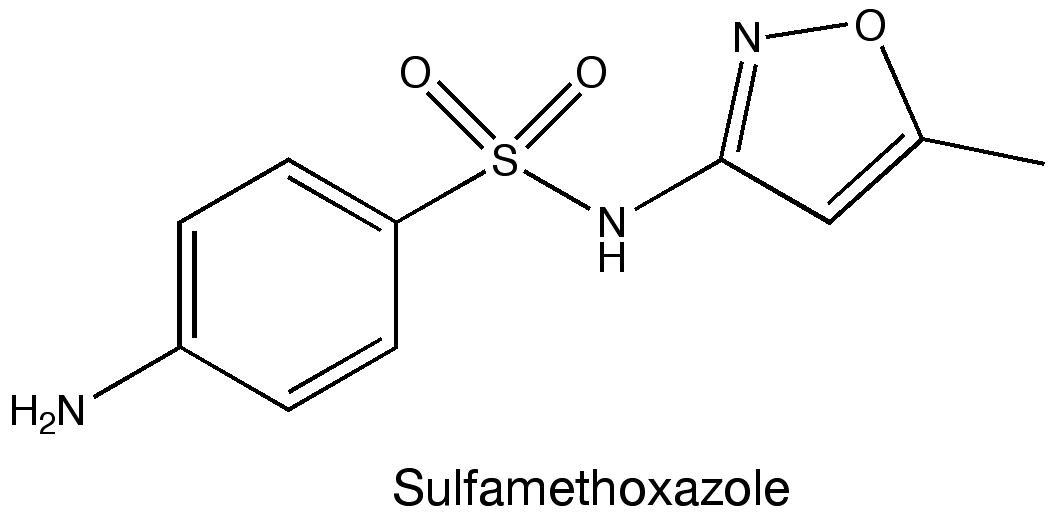Gut bacteria and the microbiome seem to be a hot topic this month (see previous post on “the power of the gut“). Ed Yong discusses different enterotypes at Nature News:
Each of us has trillions of bacteria in our guts. These communities vary greatly between individuals, but a paper published in Nature last year1 indicated that they fall into just three distinct types — enterotypes — defined by their bacterial composition (see ‘Gut study divides people into three types’). Each enterotype is characterized by relatively high levels of a single microbial genus: Bacteroides, Prevotella, or Ruminococcus, respectively.
But new data presented at the International Human Microbiome Congress in Paris yesterday suggest that the boundaries between the enterotypes may be fuzzier than the earlier work suggested.
…
The results, as yet unpublished, show that a genus of archaea called Methanobrevibacter joins Ruminococcus as a defining microbe in the third enterotype. And the separation between this cluster and the Bacteroides-led enterotype is no longer as clear, although these two groups remain distinct from the Prevotella-driven one.
More here. Meanwhile, at The Scientist, Kieran O’Doherty ponders the ethical implications of antibiotics and microbiome engineering as gut bacteria are such an integral part of our existence:
The issue of how stable an individual’s microbiome is over time also raises other ethical questions. For example, because human DNA is a unique identifier of individuals, there are many safeguards for ensuring the confidentiality of genetic data. In many jurisdictions laws have been enacted to prohibit insurance companies from taking the results of genetic tests into account in calculating premiums. There is also much controversy about the possibility of law enforcement agencies acquiring genetic data collected for health research. Some early studies suggest that a person’s microbiome may also be a unique identifier. And there is the possibility that microbial DNA may contain even more information about a person than does their human DNA. For example, a person’s microbiome signature may contain information about his or her country or region of origin, and might even prove presence in a certain place, if soil or water microbes unique to that location are detected. This kind of information may be sensitive for many reasons, most notably because of the obvious value such information might have for law enforcement purposes. Ethical challenges also arise, for example, in ensuring the privacy and confidentiality of individuals whose microbiome is analyzed for research purposes.
At the moment, many of these considerations are hypothetical. However, as human microbiome research progresses, these questions will become increasingly salient. And as scientific consensus emerges on such critical issues as the stability of the microbiome and the long-term implications of infants’ exposures to antibiotics and probiotics, corresponding advances need to be made in thinking about the ethical implications and frameworks to be developed.
And also this headline, “Microbiome sequencing offers hope for diagnostics“.

